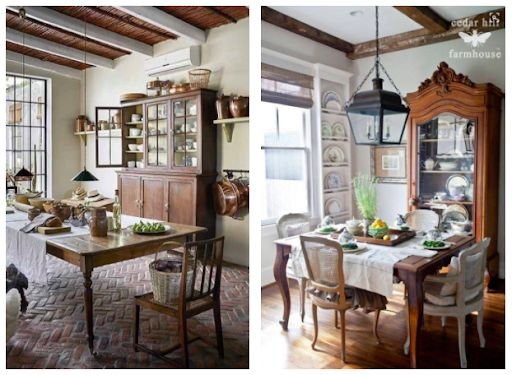
The enduring appeal of antique vintage armoires remains a testament to the lasting charm of traditional craftsmanship. These elegant, towering pieces of furniture, often featuring intricate carvings and rich patinas, have a timeless quality that effortlessly bridges the gap between history and contemporary aesthetics. For collectors, decorators, and everyday homeowners alike, the allure of a vintage armoire lies not only in its beauty but also in its functionality, history, and the stories it carries.
A Window into History
Antique armoires are more than just storage units—they are historical artifacts, offering a glimpse into the lifestyles, craftsmanship, and design sensibilities of bygone eras. From the ornate Louis XV styles of the French courts to the rustic, handcrafted armoires of American pioneers, each piece tells a story of its time. Owning a vintage armoire can feel like possessing a piece of history, a tangible connection to the past, and the people who once cherished and used these pieces.
The armoire, originally designed as a large cabinet for storing clothes and household goods, evolved in form and function over centuries. In medieval Europe, armoires were used by nobility to store weapons and armor—hence the name “armoire.” As times changed, so did their purpose, becoming key pieces in wealthy households for storing clothes and linens. Their designs shifted from purely functional to highly decorative, reflecting the tastes and social status of their owners.
The Craftsmanship
What makes antique armoires stand out is the exceptional level of craftsmanship they exhibit. Long before the advent of mass production, these pieces were handcrafted by skilled artisans, using techniques passed down through generations. This attention to detail is evident in the meticulous joinery, hand-carved ornamentation, and the quality of materials, from fine woods like oak, walnut, and mahogany to the intricate brass or iron fittings.
Many antique armoires boast an array of artistic elements: floral motifs, inlaid designs, and gilded details, which speak to the craftsmanship and pride that went into making each piece unique. The aging process, far from diminishing their value, often enhances their beauty, as the patina of wood softens and deepens, giving the piece a warm, lived-in character that modern furniture often lacks.
Timeless Design Meets Modern Needs
While antique armoires were initially crafted for functional purposes like storing clothes, linens, and valuables, their versatility makes them perfect for modern homes. With a little creativity, they can be repurposed for contemporary uses such as housing entertainment systems, acting as home office storage, or serving as stylish pantry units. Their large, solid build makes them both practical and adaptable, blending seamlessly into various interior design styles—from rustic farmhouse to modern eclectic.
Many interior designers appreciate the juxtaposition of old and new, and a vintage armoire can serve as the perfect statement piece in a minimalist room, providing contrast and warmth. Whether it’s the focal point in a bedroom or a conversation starter in the living room, an antique armoire instantly adds character and a sense of history to any space.
The Hunt for the Perfect Piece
Part of the allure of owning an antique armoire lies in the thrill of the hunt. Unlike modern furniture, which can be easily found in stores or online, sourcing a vintage armoire is a journey. From estate sales and antique shops to auctions and online marketplaces, finding the perfect piece can be an adventure in itself. This search adds a layer of personal connection to the armoire, as each purchase carries its own unique story of discovery.
Factors like age, condition, style, and provenance can greatly influence the value of a vintage armoire. A well-preserved French armoire from the 18th century, for example, may command a premium price due to its rarity and craftsmanship. On the other hand, a more rustic American piece, while perhaps less costly, still holds great value due to its historical significance and handmade nature.
Sustainability and Antique Armoires
In an age of increasing environmental awareness, the appeal of antique furniture extends beyond aesthetics and history. Choosing to furnish a home with vintage pieces, such as armoires, aligns with the principles of sustainability and responsible consumption. Rather than contributing to the demand for new, mass-produced items, which often lack durability and craftsmanship, opting for antiques is a way to embrace the concept of “reduce, reuse, recycle.” These pieces have already stood the test of time and, with proper care, can continue to do so for generations.
The allure of antique vintage armoires goes far beyond their practical use as storage units. They embody history, craftsmanship, and timeless beauty, offering a connection to the past that few other pieces of furniture can match. Whether you’re a collector, a history enthusiast, or someone who appreciates quality and design, owning a vintage armoire is like owning a piece of living history—a functional, beautiful work of art that brings both elegance and substance to any space.


